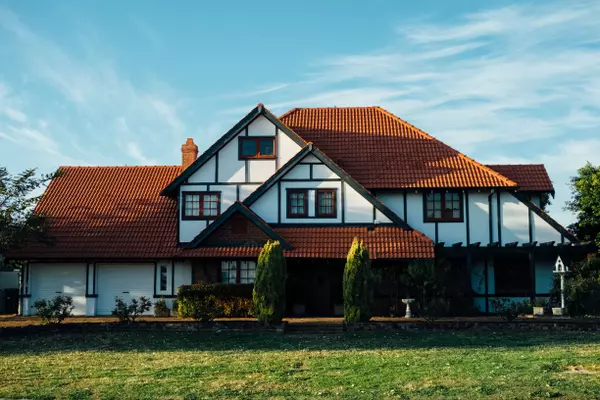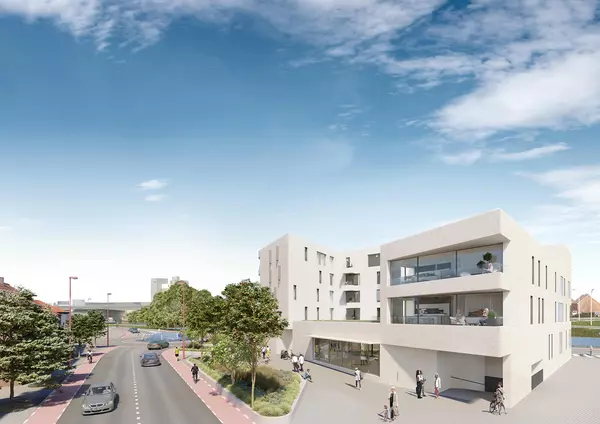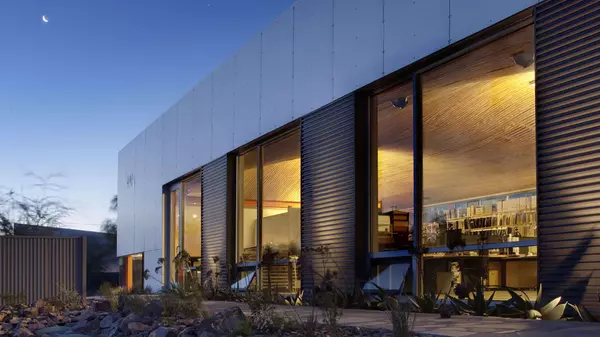Homelessness spending in San Diego: Here’s who pays for what.
Expanding homelessness services is largely out. Holding the line is in.
That’s one takeaway from a new report by San Diego’s top budget experts, who conclude that a drop in state support in particular means the city must make do with the programs and beds it already has.
“In contrast to prior years,” wrote the Office of the Independent Budget Analyst, the current fiscal year “reflects a transition to maintaining the City’s existing shelter capacity with limited available funding at the City and State level.”
Local officials have long been aware that many pots of money are shrinking, and Monday’s report offers hard numbers.
The bottom line: In the current fiscal year, which began last month, about $235.1 million is to be spent citywide on homelessness-related programs.
That number is arguably both an undercount and an overcount. On the one hand, $235.1 million undersells the crisis’ true price tag as a host of related costs, like cleaning crews scrubbing sidewalks and police patrolling encampments, aren’t part of the tally. At the same time, analysts are including enormous amounts of money the federal government spends in the region to keep people at risk of homelessness under a roof.
Almost half the overall total, more than $115 million, goes to housing vouchers that help pay rent. No other budget item comes anywhere close to that amount.
It’s unclear if leaders in Washington, D.C., will continue that level of support. One federal initiative, the Emergency Housing Voucher program, may run out of money as soon as next summer, putting more than 1,000 children and adults in the city of San Diego at risk of homelessness, local officials have said. An additional 900-plus area households receiving similar aid could be on the hook for their entire rent within two years unless the San Diego Housing Commission gets more funding.
Nearly two-thirds of the latter population, around 63%, is elderly or disabled.
The budget analysts, however, focused more on what’s happening at the state level. Two-hundred and thirty-five million dollars is actually a drop from the year prior, when $315.9 million was budgeted for the crisis. The $80 million difference isn’t necessarily a problem, as that funding stemmed from one-time expenses for a pair of California Homekey projects, which are generally hotels or motels that are converted into affordable housing.
One such complex opened earlier this summer in Mission Valley. “We often are frustrated by bureaucracy,” City Council President Joe LaCava said at a ribbon cutting for those apartments, which required buy-in from multiple levels of government. “This is a testimony of what happens when we all come together.”
Other state support remains up in the air. City services partially depend on California’s Homeless Housing, Assistance and Prevention program, which in recent years has given San Diego tens of millions of dollars. But state lawmakers, facing their own deficit, have waffled over continuing the initiative.
About a tenth of what’s spent in San Diego comes through the HHAP program, the report said. If California began slow-walking the distribution of those funds, the city could face a budget gap in fiscal 2027. If the money was cut off completely, San Diego would have to close a $20 million hole by fiscal 2028, analysts wrote.
On the plus side, the city has made strides in becoming less reliant on HHAP. The budget office appears hopeful that Measure C, a hotel tax that took effect this year, will offer a steadier source of revenue.
San Diego’s general fund currently covers 26.3% of local homelessness spending, according to the report.
Analysts also broke down how many city-funded shelter beds are available.
After hitting a peak of about 2,000 spots last fall, the total has since slid to 1,474 beds. The decrease was due to the closure of several facilities, including Golden Hall (a crumbling building at the end of its permit), the Paul Mirabile Center (which was turned into a privately funded detox and sober-living program) and the Rosecrans shelter (where city and county officials couldn’t agree on who should pay for what).
The budget office believes the number of beds will tick back up to 1,634 once the Women and Family Shelter downtown finishes expanding.
San Diego additionally has 767 tents at two designated camping areas near Balboa Park. Each tent can hold two people, although many are occupied by single adults.
Homelessness has grown almost every month this year and there is nowhere near enough shelter for everybody asking. “We have a wait list of individuals and households looking for a space,” Teresa Smith, CEO of the nonprofit Dreams for Change, said last week at the opening of a new safe parking lot in Grantville for homeless people to sleep in their vehicles. “Within, I’m sure, a few days we will be at capacity.”
Categories
Recent Posts










GET MORE INFORMATION


